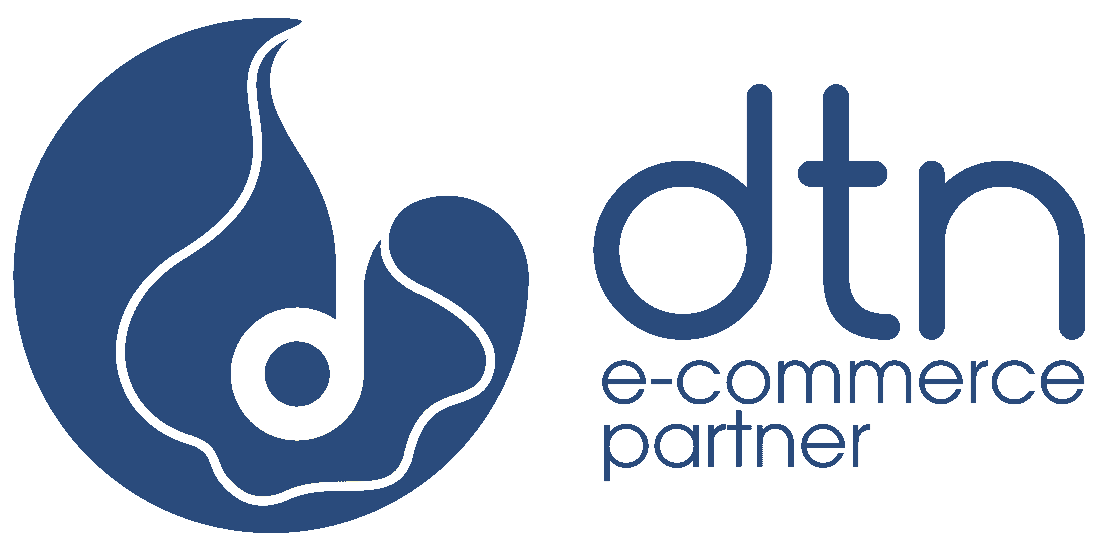Consumers want authentic experiences and personalized interactions, and they rely heavily on peer reviews and recommendations to guide their purchase decisions. This shift in consumer behavior has given rise to the powerful trend of user-generated content (UGC), which is becoming a crucial driver of success for e-commerce businesses.
Table of Contents
What is User-Generated Content?
User-generated content refers to any form of content created by users of a website, app, or platform, rather than by the brand itself. This can include:
- Product reviews and ratings: Feedback on product quality, performance, and user experience.
- Social media posts: Pictures, videos, and stories featuring the product or brand.
- Blog posts and articles: Sharing personal experiences and opinions on the product.
- Unboxing videos: Demonstrating the product and its features.
- User-submitted photos and videos: Visual content showcasing the product in different settings and contexts.

Why is UGC Important for E-Commerce?
UGC offers numerous benefits for e-commerce businesses:
1. Increased Trust and Authenticity
Consumers are more likely to trust recommendations from other consumers than marketing materials from brands. UGC provides a genuine perspective on the product and builds trust with potential customers.
2. Enhanced Engagement and Brand Advocacy
UGC encourages interaction and participation from users, fostering a sense of community and brand loyalty. Customers who share their experiences become brand ambassadors, spreading the word and promoting positive sentiment.
3. Improved Conversion Rates and Sales
UGC can directly influence purchase decisions. Positive reviews and high ratings can reassure potential customers and lead to increased conversions. Seeing others using and enjoying the product can also create a sense of urgency and inspire impulse buys.
4. Valuable Insights and Feedback
UGC provides valuable insights into customer preferences, pain points, and product perceptions. This data can be used to improve product development, marketing strategies, and overall customer experience.
5. Reduced Marketing Costs
UGC can significantly reduce marketing costs by leveraging the power of word-of-mouth marketing and user-generated content. Instead of spending on expensive advertising campaigns, businesses can encourage organic content creation and leverage existing user-generated content.

Platforms for User-Generated Content in E-commerce
Several platforms and tools can be used to collect, manage, and display UGC for e-commerce:
1. Social Media Platforms
- Instagram: Ideal for showcasing visually appealing products and user-generated photos and videos.
- Facebook: A platform for user reviews, product discussions, and targeted advertising.
- Twitter: Used for sharing product updates, engaging with customers, and running contests.
- Pinterest: A visual search engine perfect for showcasing products and inspiring users.
2. Review and Rating Sites
- Amazon: A major e-commerce platform with extensive user review systems.
- Yelp: Popular for local businesses and services, it can be used to gather reviews and build online reputation.
- Trustpilot: A dedicated platform for collecting and displaying customer reviews.
3. Dedicated UGC Platforms
- Yotpo: A platform for managing and displaying reviews, photos, and videos.
- Nosto: A platform that personalizes product recommendations and displays relevant UGC on product pages.
- Olapic: A platform for curating and displaying UGC on website and social media.

How to Implement UGC for Your E-commerce Business
Here are some tips for effectively incorporating UGC into your e-commerce strategy:
- Encourage and incentivize user-generated content: Run contests, offer discounts, and promote user-generated content on your website and social media.
- Make it easy for users to share content: Provide clear instructions and simple sharing options.
- Showcase user-generated content prominently: Display reviews, photos, and videos on product pages, website banners, and social media feeds.
- Moderate user-generated content: Ensure all content is appropriate and aligned with your brand values.
- Respond to user-generated content: Engage with customers, acknowledge their feedback, and address any concerns promptly.
- Use UGC in your marketing campaigns: Leverage user-generated content to create compelling ads and marketing materials.
- Measure the impact of UGC: Track key metrics such as engagement, conversion rates, and brand sentiment to assess the effectiveness of your UGC strategy.

Conclusion
By leveraging the power of UGC, businesses can create authentic experiences, foster brand loyalty, and achieve significant growth in today’s competitive marketplace. By embracing the insights and feedback provided by your customers, you can gain a deeper understanding of their needs and create a more personalized and engaging experience. Remember to encourage user-generated content, showcase it prominently, and measure its impact to maximize its potential.
Frequently Asked Questions
We’ve compiled a list of answers to common questions.
How can e-commerce businesses encourage customers to create user-generated content (UGC)?
E-commerce businesses can incentivize UGC creation by offering discounts, running contests, showcasing user content on their platforms, and providing easy sharing options.
Yes, UGC tends to be more trusted and influential as it provides authentic perspectives and social proof from fellow consumers, which can significantly impact purchase decisions.
Businesses should implement clear guidelines, moderate content regularly, and ensure all UGC aligns with their brand values. Engaging with users and promptly addressing any concerns also helps in maintaining brand integrity.
Key metrics to track include engagement rates (likes, shares, comments), conversion rates from UGC-driven traffic, brand sentiment (positive vs. negative mentions), and overall sales attributed to UGC campaigns.
E-commerce businesses can integrate UGC on their product pages, website banners, email campaigns, and even offline marketing materials like in-store displays or packaging inserts to maximize its reach and impact.



